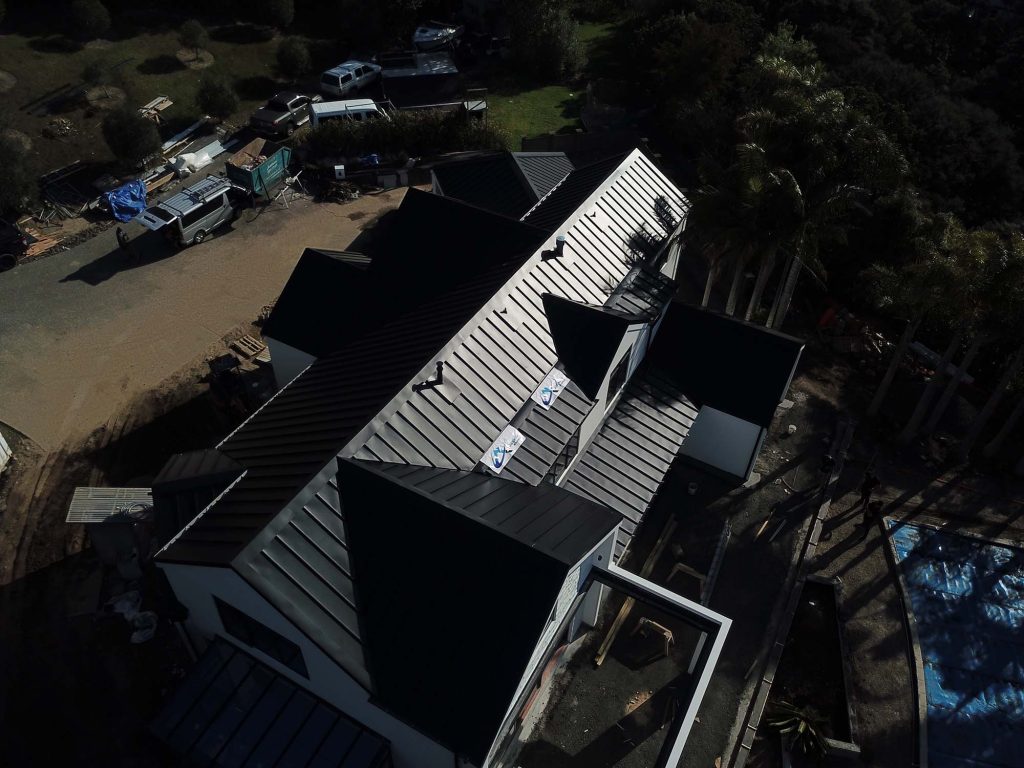Whether we’re talking about residential or commercial roofing, the choice of material will affect the building’s durability, level of protection from the weather, and ability to regulate its internal temperature. As a result of being able to reduce energy costs, a rising number of homeowners and business owners are choosing energy-efficient roofing alternatives today.
People are paying more attention to the sustainability of their homes and structures rather than only the aesthetic value of the roofing material. We examine the three roofing options that are more energy-efficient than conventional roofs and discuss how they might help your house or place of business.
Tile Roofing
One of the most energy-efficient roofing materials is tile. Tiled roofs, which are typically made of clay, concrete, and ceramic, make a house much cosier by helping to retain heat in the winter and cool air in the summer. They offer a second layer of insulation due to their exceptional thermal performance, which lowers detrimental energy consumption. Another useful idea is to paint your tile roofs a light colour so that the sun’s rays will reflect off of them and aid in preventing heat absorption.
Metal Roofing
Metal roofs are best used in warm climates and typically in residential buildings. Metal roofs are less likely to collect and hold onto heat from the sun since they are constructed of thin materials like copper, steel, and aluminium. They serve to deflect the sun’s harmful rays, which lowers the temperature of the building below. From an environmental standpoint, metal roofing is recyclable, so when the lifespan of your roof expires in 20 years, you may still use the materials elsewhere.
Light colours are excellent if you choose metal roofing because they reflect solar energy and heat, making your home cooler and more comfortable. During the warmer months of January and February, when temperatures rise significantly, Australians can benefit from this. Choose a roof that maximises ventilation and temperature management rather than relying solely on air conditioners to cool your room. It helps you use less energy, which is good for the environment and can reduce your energy costs. Metal roofs are also incredibly durable, lightweight, and strong. In the long term, this lowers your repair expenses and results in an incredibly simple roof to maintain all year round.
Concrete Roofing
Concrete roofing is a choice that is gaining in popularity. Given its strength and weight, concrete roofs work best in regions with harsher winters and colder temperatures. Fibrous reinforcement is used with concrete cement to strengthen the tiles, extending the roof’s lifespan and lowering waste. Concrete roofing can withstand snow accumulation and additional weight because of the unique mixture used to make it. Enamel-coated concrete tiles are a further measure that improves energy efficiency by retaining heat. The material is particularly green because it can be broken down and reused or biodegraded when discarded.
Concrete roofing is extremely adaptable since it may resemble many different roof styles, including shingles, shakes, or tiles. Concrete roofs are among the most durable and energy-efficient, even if their weight necessitates a more elaborate roof deck and a waterproof membrane to shield the roof from ice and water.
Choosing energy-efficient roofing materials is a smart decision when it comes to lowering your energy usage, enhancing the sustainability of dwellings, and lessening harm to the environment. Get in touch with Johnson Roofing if you’re ready to start a re-roofing project for your home and require qualified residential or commercial roofing contractors. You may check out our services and contact us at 09 447 3857 for more enquiries.

